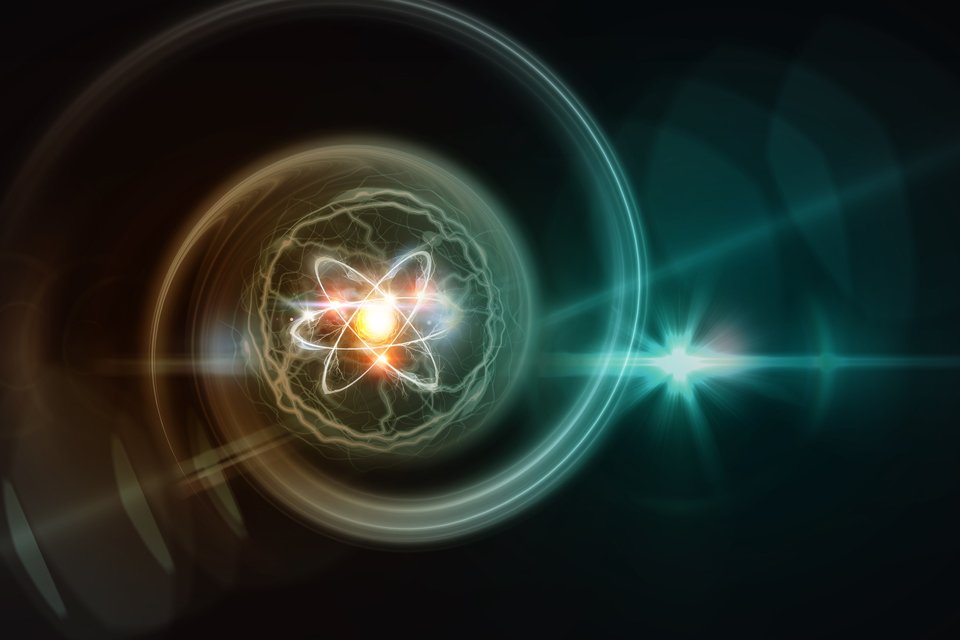Big tech companies have set ambitious net zero goals for themselves. They’ve also leaned heavily into AI, which uses a lot of energy. After 2023 saw the world’s highest energy demand to date, the demand continues to rise. According to the IEA, energy demand in 2026 is on pace to more than double 2022’s. To keep on track, big tech is turning to nuclear energy, making big investments in small modular reactors.
Inflection Point


Google and Microsoft have pledged to be net zero carbon by 2030, but Google reports its emissions have gone up 48% since 2019, and Microsoft’s are up 31% since 2020. Amazon, which has a 2040 net zero pledge, has seen its Scope 1 emissions go up by 11%. Most of the increases stems from new or expanded data centers, which are on track to account for nearly a tenth of U.S. energy use by 2030.
“AI is driving a significant increase in the amount of data centers and power that are required on the grid,” Kevin Miller, Amazon Web Services’ vice president of global data centers, told The Associated Press. “We view advanced new nuclear capacity as really key and essential.”
There are three small modular reactors, or SMRs, operational in the world right now, none in the U.S. But after those three tech giants have struck deals with energy companies, that number is set to skyrocket. The agreements Amazon, Google, and Microsoft have made could account for 5,000 megawatts of power generated by SMRs through the 2030s.
It’s an inflection point for the future of AI and energy consumption as the sudden ubiquity of the technology has put a strain on grids. Nuclear power supplies about 20% of the U.S.’s electricity currently, with a dramatic increase in that share taking shape.
“Revitalizing America’s nuclear sector is key to adding more carbon-free energy to the grid and meeting the needs of our growing economy – from AI and data centers to manufacturing and health care,” energy secretary Jennifer Granholm said in a statement.
Big Investments


SMRs can generate about a third the amount of energy that traditional reactors do, but crucially they can do it while taking up much less space and being located closer to the grid than those other reactors.
Amazon, whose Amazon Web Services already had a $650 million deal with Talen Energy for a nuclear-powered data center in Pennsylvania, now has contracts in place with Dominion Energy for an SMR in Virginia and X-energy for four reactors in Washington state in collaboration with Energy Northwest. AWS CEO Matt Garman said nuclear energy is “an important area of investment for Amazon” that’s “both carbon-free and able to scale.” The project with X-energy is set to start at 320 MW but could grow to 960, enough to power more than 700,000 homes.
Google’s agreement with California-based Kairos Power would bring a first SMR online by 2030, with more coming through 2035. In total, about 500 MW of nuclear energy would be added to U.S. grids. The deal will spark “the technologies that we’re going to need to achieve round the clock clean energy, not only for Google but for the world,” Michael Terrell, Google’s senior director of energy and climate, told the Associated Press.
In a move symbolic of a new era in nuclear energy, Microsoft has contracted with Constellation to restart the Unit 1 reactor at Three Mile Island, near the site of the worst accident in U.S. commercial power plant history, as part of the Crane Clean Energy Center. Set to go online in 2028, the center is expected to add 835 MW of carbon-free energy to the grid.
Bain & Company estimates the deals made by Amazon, Google, and Microsoft will account for 44% of new electricity demand growth in the U.S. by the time the CCEC goes online.
Backed by an investment of more than $1 billion by Bill Gates, TerraPower is working with Warren Buffett-backed utility PacfiCorp to develop more SMRs.
IEA executive director Fatih Birol is optimistic that as fossil fuel demand peaks and begins its decline, the era will become an “age of electricity.” Nuclear investment might provide the spark needed to hit climate goals as energy demand increases.